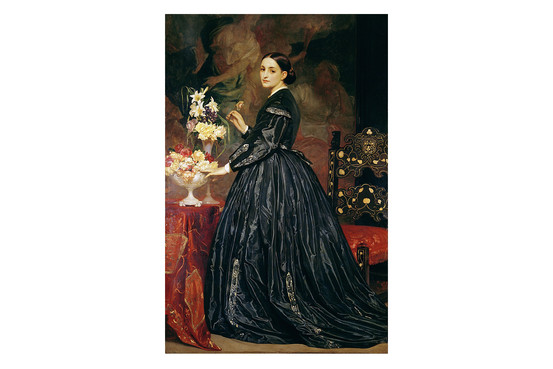Slow Art Day participants around the world know that slow looking at art is a multi-dimensional experience that impacts our ability to look at and love art. But, many have also suspected that it has even wider applicability. It turns out that that a program called “Enhancing Observations Skills” at the Yale School of Medicine confirms our suspicions.
According to a June 2012 article in The Wall Street Journal, (“How to End the Age of Inattention” by Holly Finn), this Yale program began a decade ago when the curator of education at the Yale Center for British Art teamed up with a staff member at Yale’s medical school. Their goal: improve diagnostic skills of their medical students.
What did they do? They launched a slow art program that is cannily similar to what we do with thousands of participants around the world. Every year, they assign students paintings to observe for 15 minutes, asking students to note details and then discuss their experiences afterwards.
Improving the future doctors’ ability to see details helps them better pay attention when diagnosing illnesses. The program is now not only mandatory for first-year medical students at Yale, it’s expanded to more than 20 other medical schools, including Harvard, Columbia, and Cornell.
This slow art-centered approach, or “museum intervention”, is so effective that the article’s author suggests leaders in business, politics and even religion may benefit from adopting it as well.
What do you think? Does slow looking wide applicability? Would you like your doctor to visit the museum and look slowly? What about other professionals? How about politicians? Are you aware of other applications or of other pioneers? Leave a comment and let us know what you think. We’d love to hear from you.

Mrs. James Guthrie by Lord Frederic Leighton is one of the pieces medical students view in their slow-art focused program to improve diagnostic skills
– report by Slow Art Day blog editor Jennafer Martin, Edited by Phil Terry.

One one level, what they are doing is surprising. On another level, it feels quite obvious and natural. How many studies are out there that have concluded that our brains are actually quite bad at multitasking. How often do we find that if we can just set aside some quality time to study something (anything!), that deeper truth and clarity emerge?
I actually find that the more time I spend with art and the more I study it, the clearer my mind becomes on business matters. Art mirrors the world while at the same time revealing deeper truths that can help one both personally and professionally.
Would I like my doctor to visit the museum? Well …
There was the time the doctor and I spent my appointment talking about Caravaggio. I felt so much better!
We live in a hurried world of instant gratification and so much overstimulation. It makes complete sense that slowing down and paying attention to detail can be used as therapy to improve lives and careers. From the skills of medical doctors right down to the child with ADD, learning to slow down and allow yourself to “see” carefully, while living in the moment can be gratifying personally as well as physically and emotionally. From my own experience through hosting Slow Art events over the years, so many people are shocked and elated at the relaxed and centered feelings they get just looking at their first work of art–slowly. I would go so far as to say, that it feels like meditation. People who attend Slow Art events are changed by their experience and so they tell their friends. Each event I have hosted has had the “web effect”, people networking with friends, excited about the experience whether they were art lovers before or not. The success and growth of Slow Art globally is proof that something viral is happening, a wonderful result of relearning to pay attention to what we see in art, life and work!